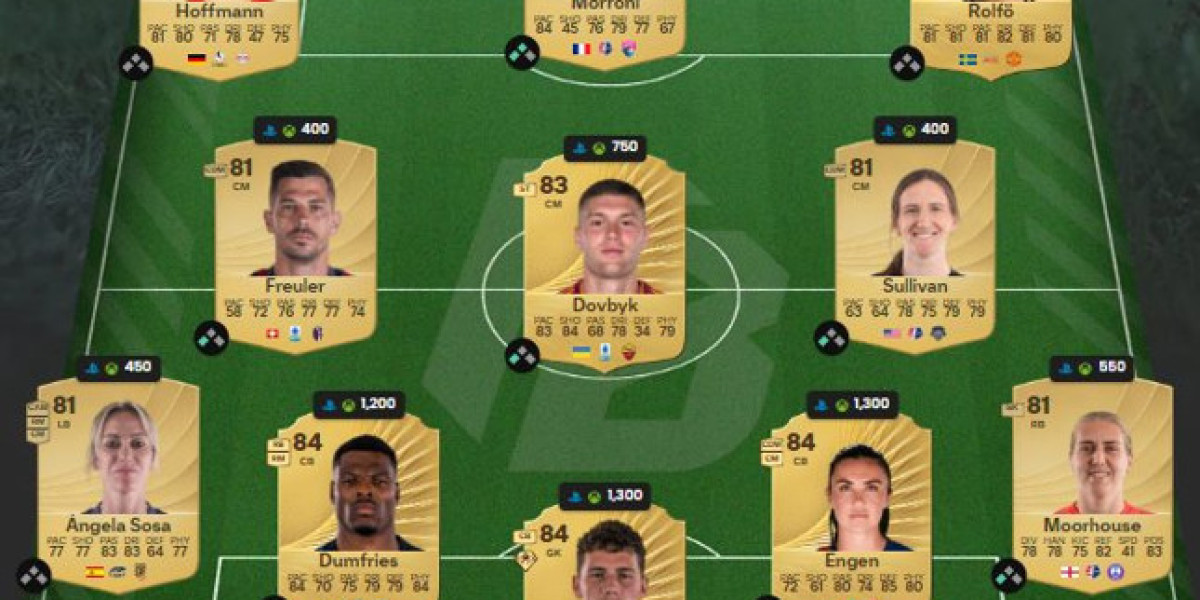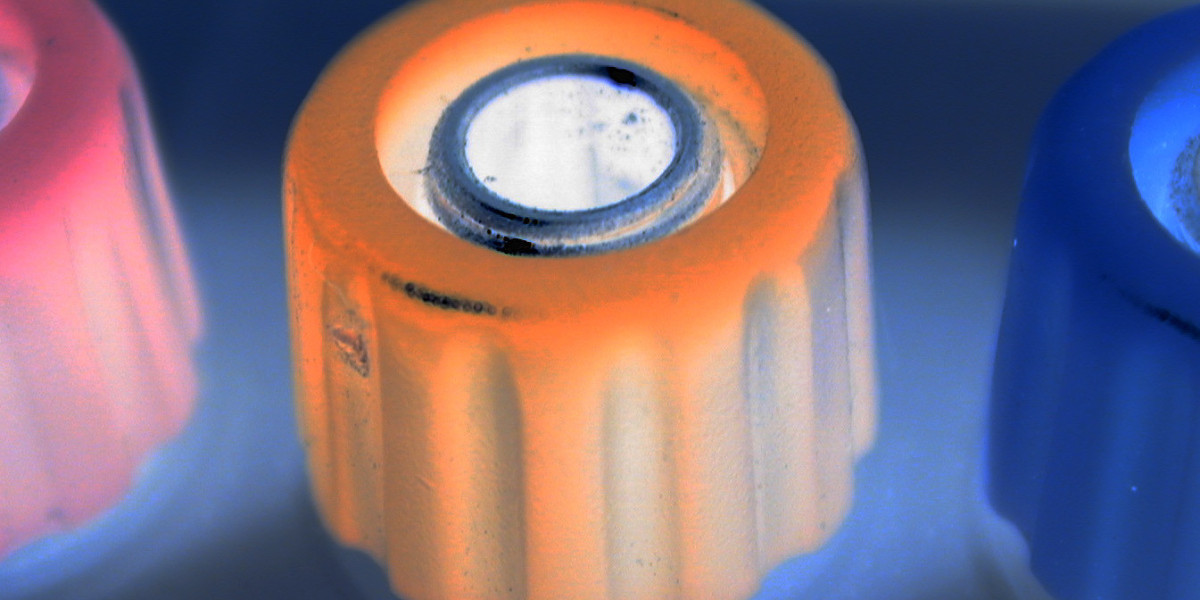The Integrated Visual Augmentation System Market is witnessing a paradigm shift as advancements in defense technology, augmented reality (AR), and battlefield digitization converge to enhance situational awareness and decision-making capabilities for soldiers. Valued at approximately USD 1.25 billion in 2024, the market is projected to reach USD 5.92 billion by 2033, expanding at a CAGR of 18.9% during the forecast period.
This remarkable growth is driven by the increasing demand for next-generation soldier systems that integrate sensors, AI-based image recognition, and heads-up displays (HUDs) to improve mission efficiency and reduce cognitive load. As modern warfare continues to evolve toward network-centric operations, integrated visual augmentation systems (IVAS) are becoming indispensable in enhancing the effectiveness and safety of ground forces.
The global shift toward digitalized and data-driven combat environments further accelerates market expansion. Governments and defense agencies are investing heavily in technologies that combine visual data with real-time analytics to enhance operational performance, paving the way for significant opportunities in the coming decade.
Key Market Drivers
Growing Demand for Enhanced Soldier Situational Awareness
Integrated visual augmentation systems enable soldiers to visualize complex data, enemy positions, and navigation overlays in real time. The combination of AR and AI is reshaping battlefield perception, allowing troops to make faster, data-backed decisions.Rise of Network-Centric Warfare and IoT Integration
The increasing use of IoT-enabled battlefield networks is driving the demand for connected soldier solutions. IVAS platforms link multiple units through secure digital networks, facilitating seamless information sharing and reducing response times.Increased Government Investments in Defense Modernization
Many countries are prioritizing defense modernization programs that emphasize the integration of wearable and AR-based technologies. This rising defense budget allocation is a key catalyst for the Integrated Visual Augmentation System Market.
Request a Sample Report: https://researchintelo.com/request-sample/58138
Market Restraints
Despite strong growth prospects, the market faces several challenges. One of the primary concerns is high system integration costs, which limit adoption in developing economies. Additionally, data security and latency issues in augmented systems pose operational risks in critical mission scenarios.
Furthermore, the technological complexity of integrating multiple data streams—such as thermal imaging, GPS, and environmental sensors—into compact, wearable platforms remains a significant restraint. These factors may temporarily slow down full-scale deployment, particularly in budget-constrained defense segments.
Opportunities in the Market
The emergence of AI-powered analytics, cloud-based data processing, and machine learning algorithms presents immense opportunities for the Integrated Visual Augmentation System Market. These technologies can enhance real-time data interpretation, improve threat recognition, and support predictive maintenance in military operations.
In addition, the growing integration of mixed reality (MR) interfaces and holographic mapping opens avenues for advanced battlefield visualization. The expansion of 5G networks further strengthens connectivity and supports low-latency data exchange, essential for future IVAS applications.
The commercial adaptation of such systems—particularly for industrial safety, emergency response, and law enforcement training—is also expected to broaden market prospects beyond defense applications.
View Full Report: https://researchintelo.com/report/integrated-visual-augmentation-system-market
Regional Insights
North America dominates the global market, fueled by robust defense research initiatives and large-scale procurement programs. The U.S. Department of Defense’s strategic investments in soldier modernization projects continue to set technological benchmarks.
Europe follows closely, emphasizing enhanced troop protection and interoperability across NATO forces.
Asia-Pacific is projected to witness the fastest growth rate due to the expansion of defense budgets in China, India, and South Korea. Regional players are rapidly adopting advanced AR systems to bolster tactical capabilities.
Middle East & Africa and Latin America are also witnessing growing adoption, driven by border security enhancements and peacekeeping mission requirements.
Market Dynamics and Growth Trends
The Integrated Visual Augmentation System Market is evolving with the convergence of augmented reality, artificial intelligence, and advanced optics. These systems deliver enhanced real-time situational awareness, integrating thermal imaging, night vision, and mapping capabilities into a single device.
Emerging Trends Include:
Increasing miniaturization of wearable AR components
Integration with unmanned systems and autonomous vehicles
Cross-platform compatibility with command-and-control centers
Growing collaboration between defense R&D institutions and private technology firms
This technological synergy is expected to transform soldier operations by offering intuitive, heads-up intelligence during missions.
Enquire Before Buying: https://researchintelo.com/request-for-customization/58138
Future Outlook
By 2033, the Integrated Visual Augmentation System Market is expected to become a critical component of modern warfare. As armed forces worldwide transition toward digitized ecosystems, IVAS will play a pivotal role in integrating human-machine interfaces, data fusion, and AI-driven combat support.
Furthermore, future developments will focus on increasing battery efficiency, system ruggedness, and cyber-resilience to support long-duration missions. Governments are also expected to introduce policy frameworks that ensure data protection and interoperability across allied forces, enhancing operational efficiency.
Competitive Landscape and Research Scope
Research Intelo’s latest report provides an in-depth analysis of market segmentation, covering component types, technologies, applications, and regional performance. The report highlights both quantitative and qualitative insights that enable stakeholders to make informed investment and strategy decisions.
The study also explores the impact of emerging defense technologies, geopolitical dynamics, and procurement policies on market development. With detailed value chain mapping and forecasting models, the report delivers a comprehensive outlook for investors and policymakers alike.
Check Out the Report: https://researchintelo.com/checkout/58138
Conclusion
The Integrated Visual Augmentation System Market represents the next frontier of defense innovation. As digital transformation permeates military operations, the demand for integrated, intelligent, and immersive soldier systems will continue to surge. Research Intelo’s extensive analysis underscores the market’s potential to revolutionize global defense strategies, enhancing both mission success and soldier survivability.







